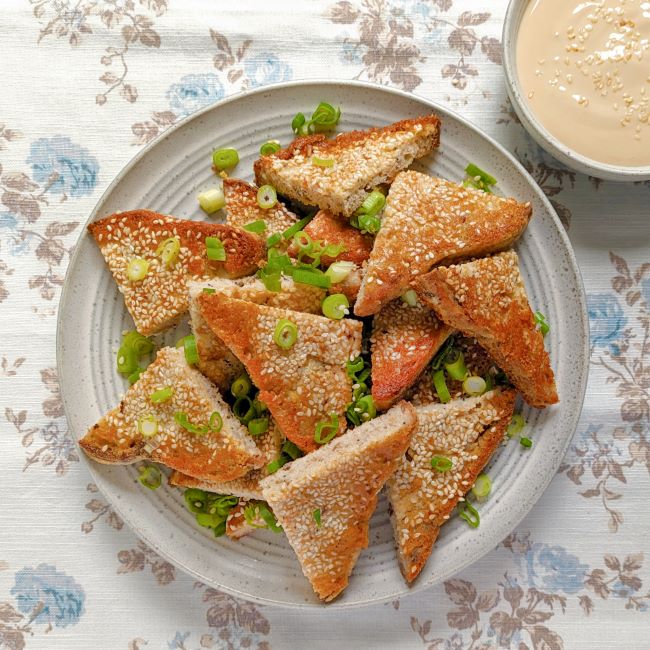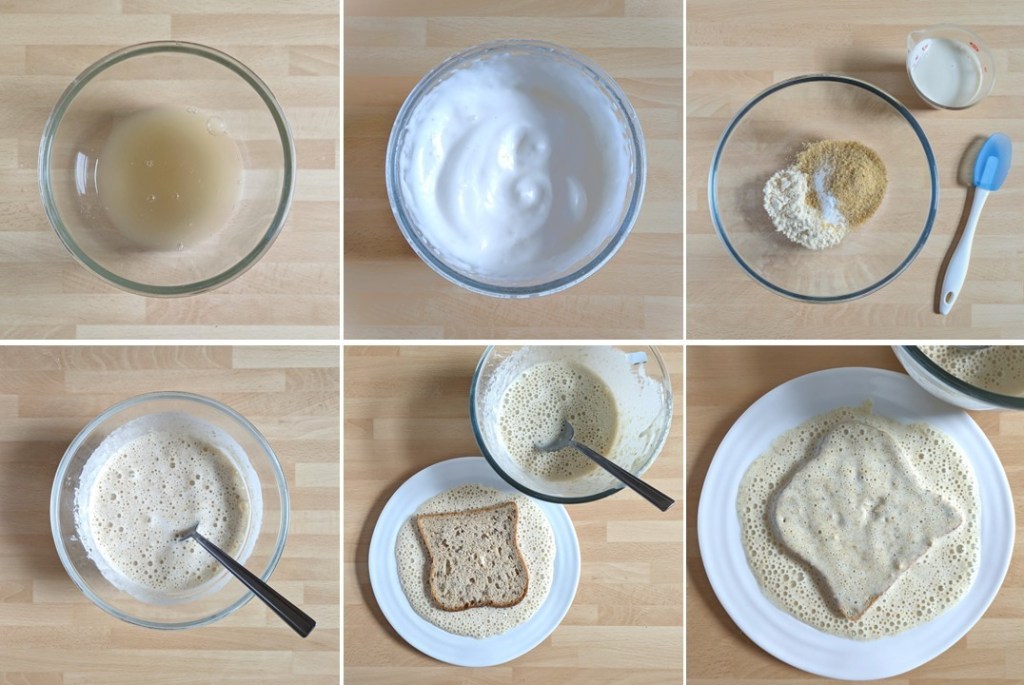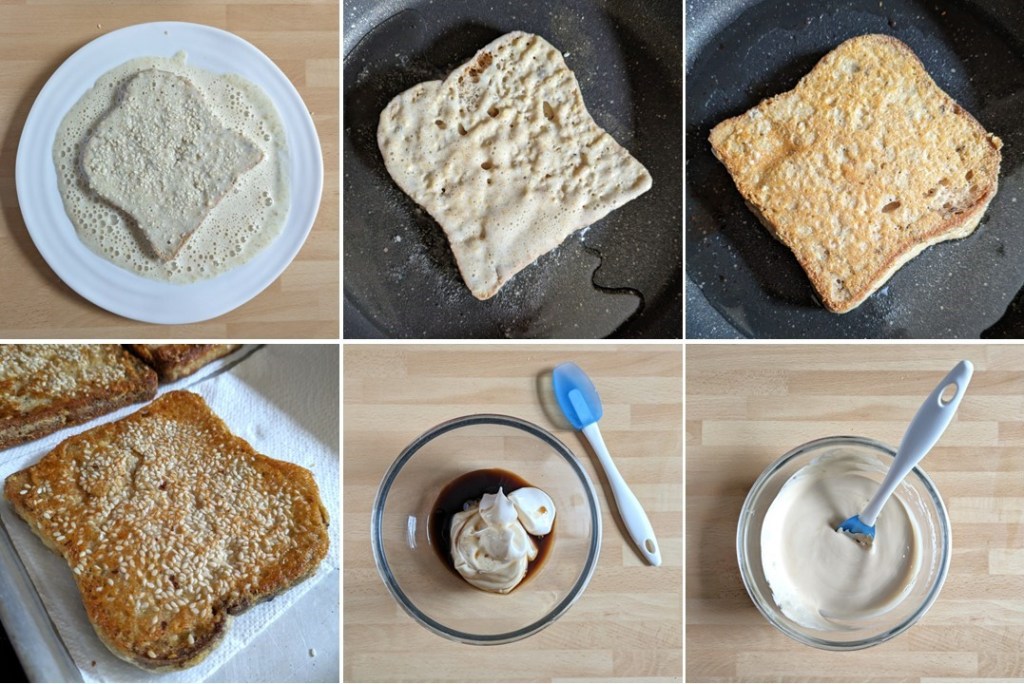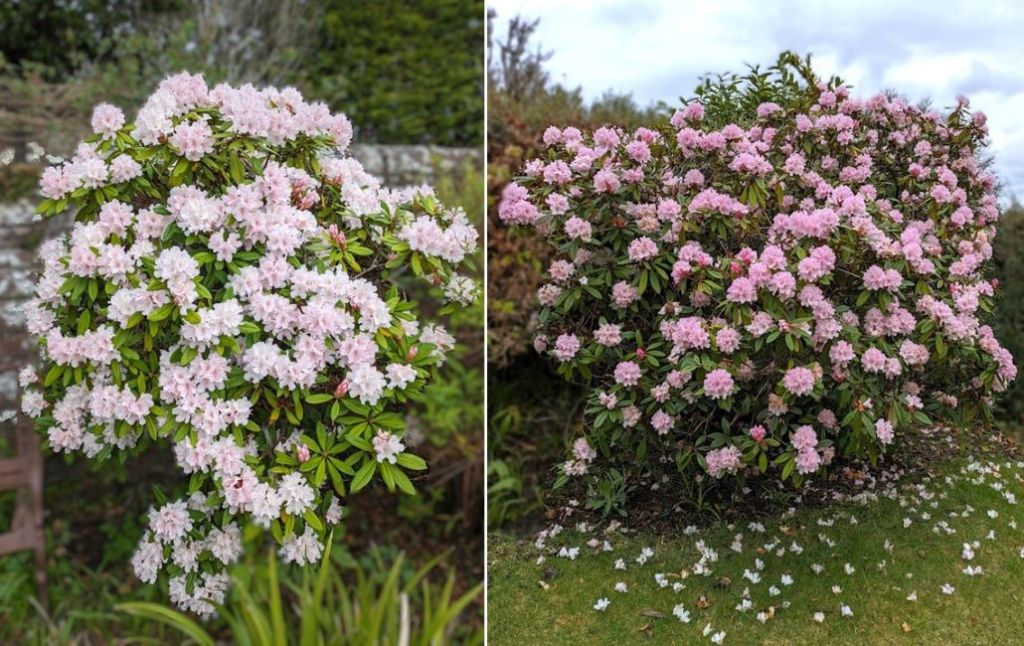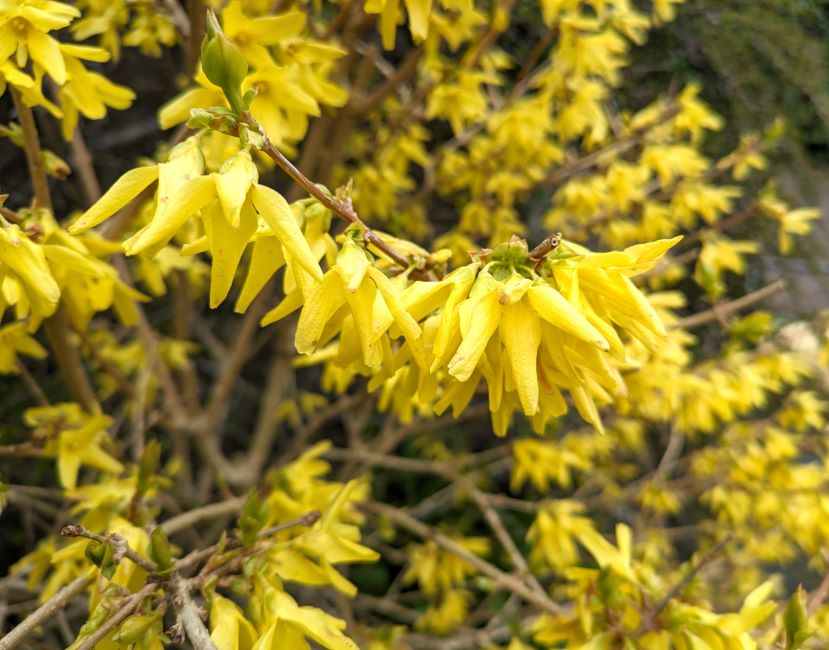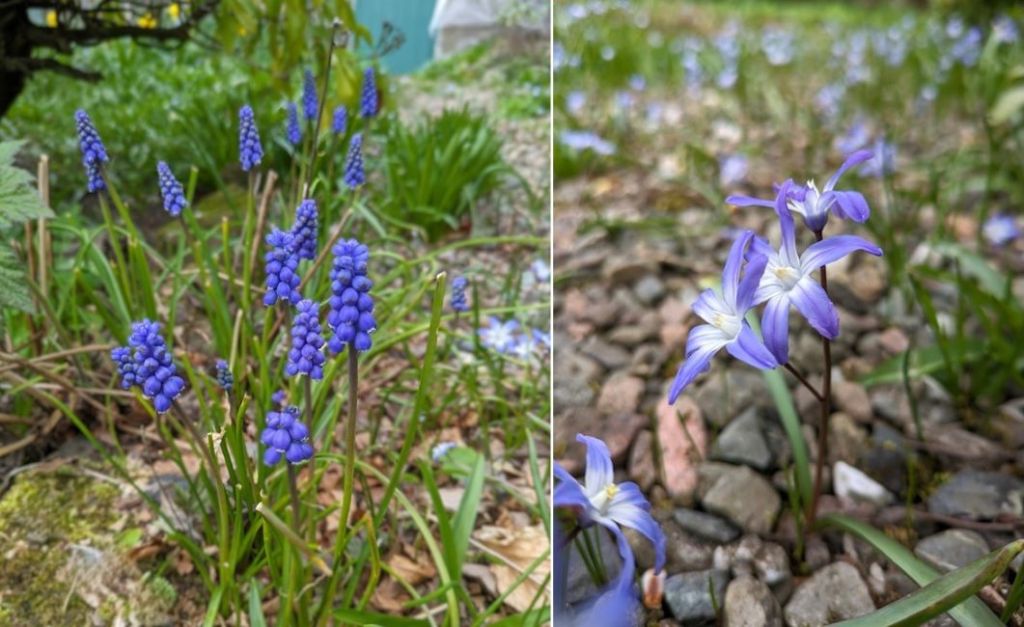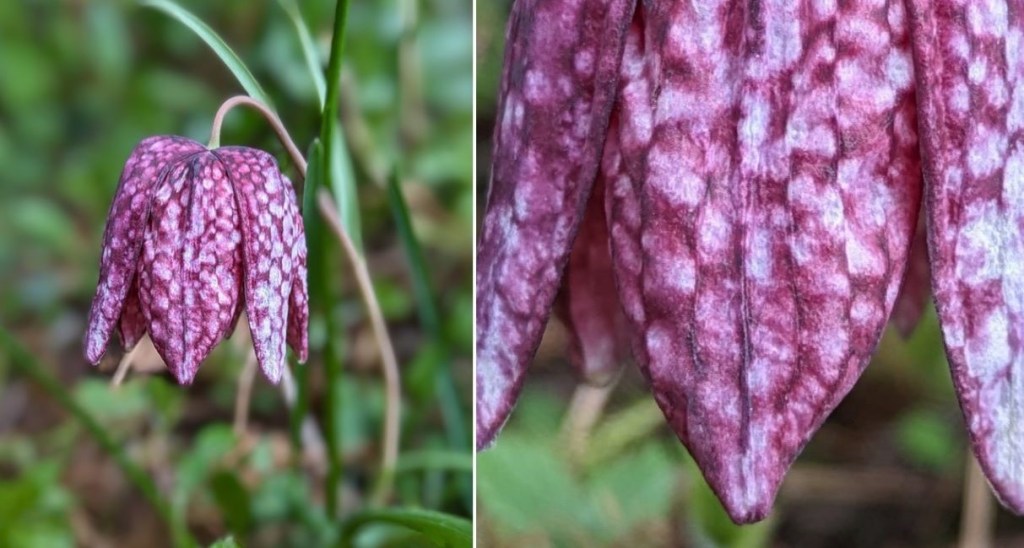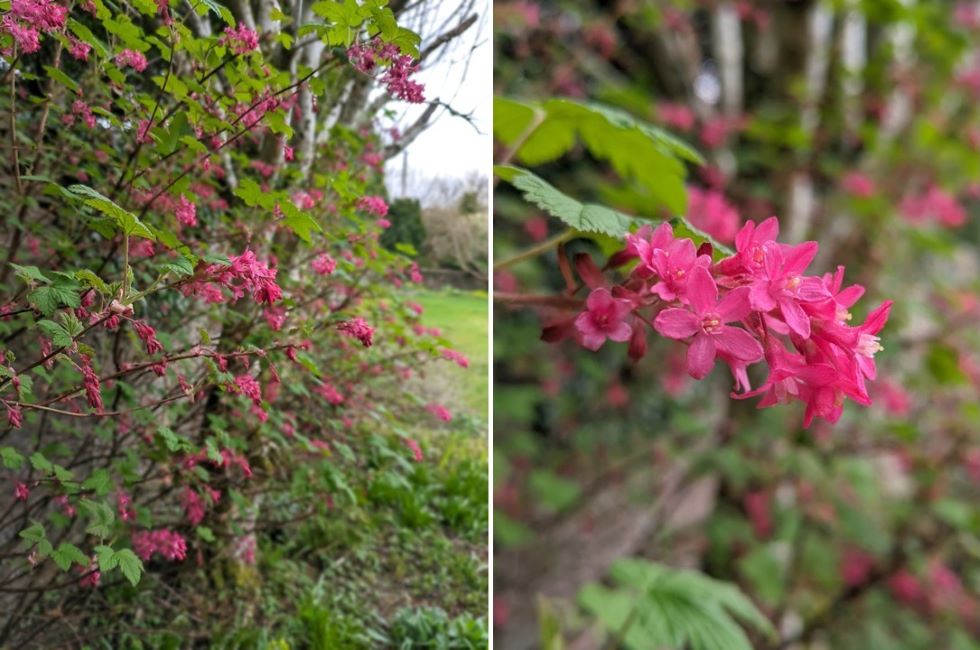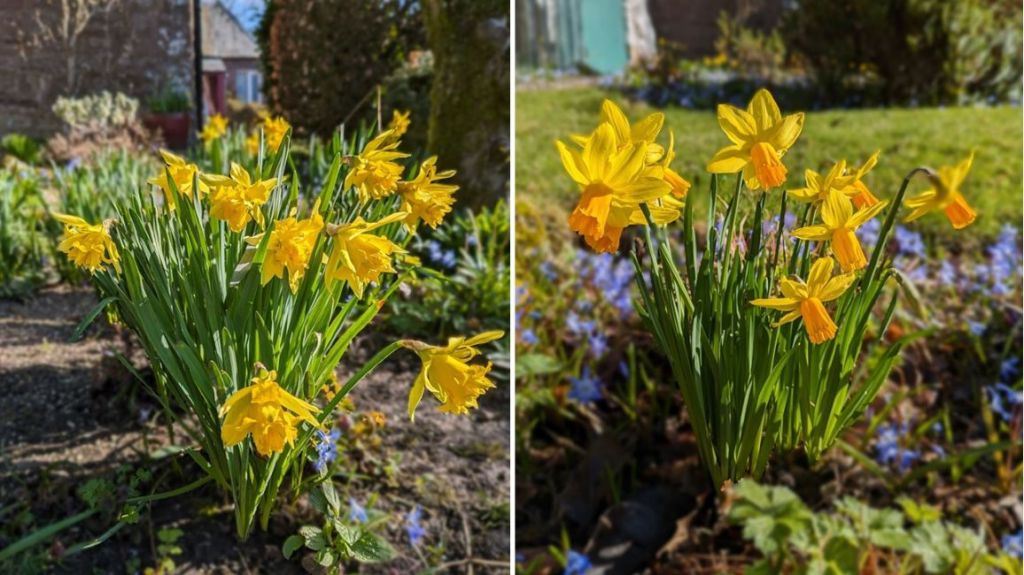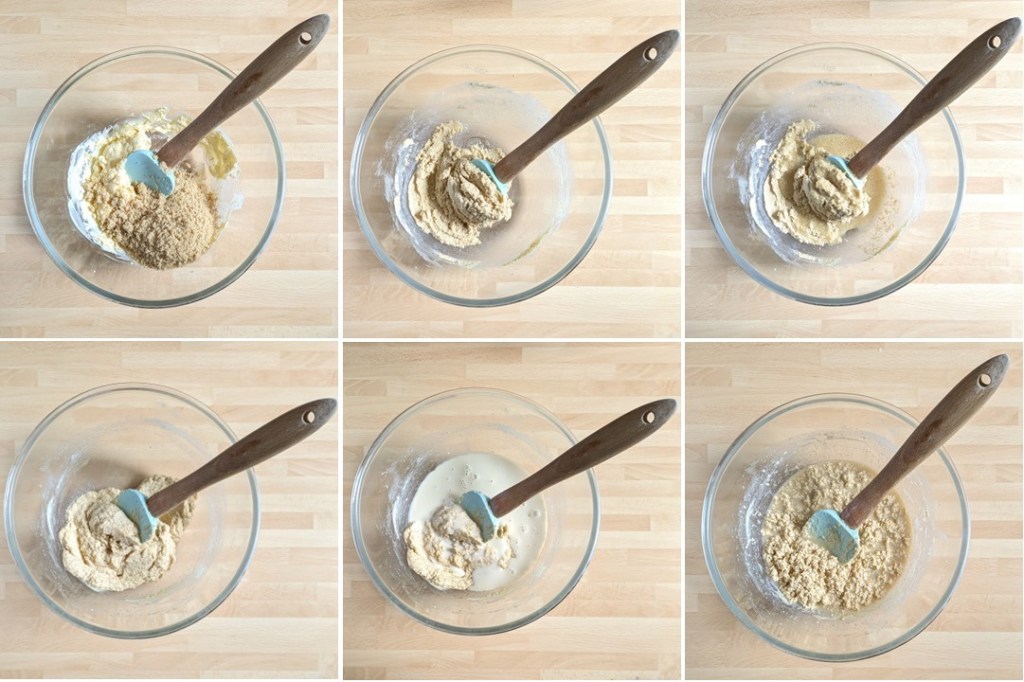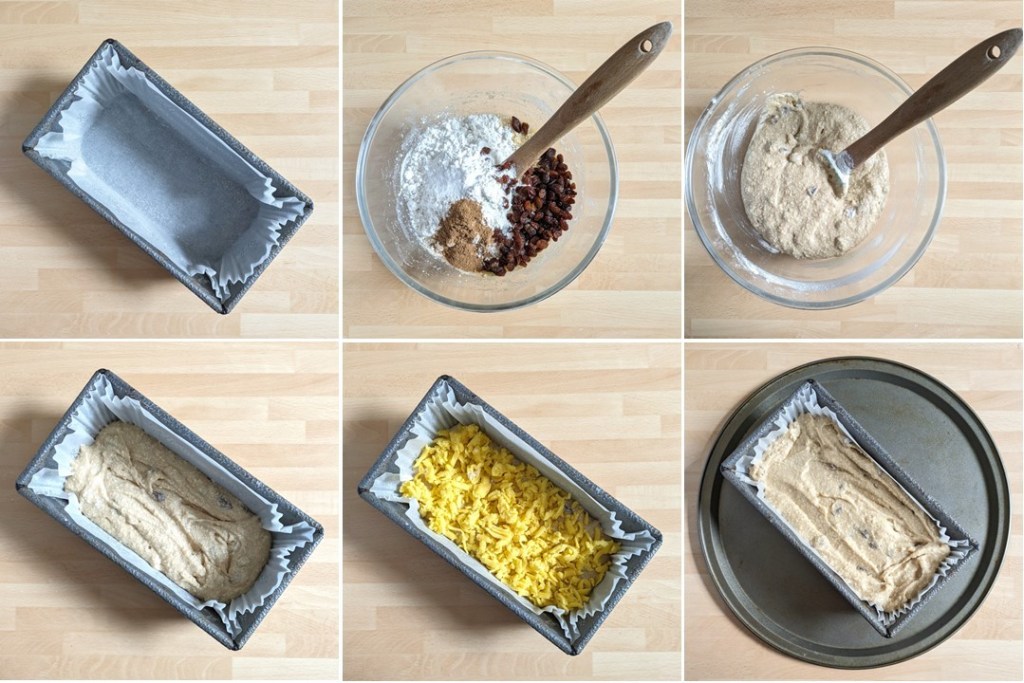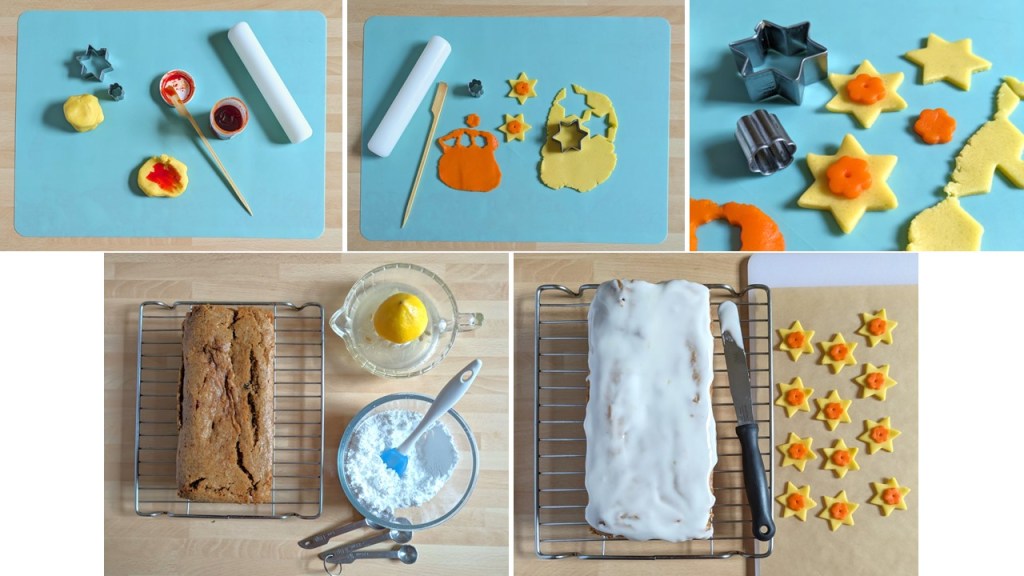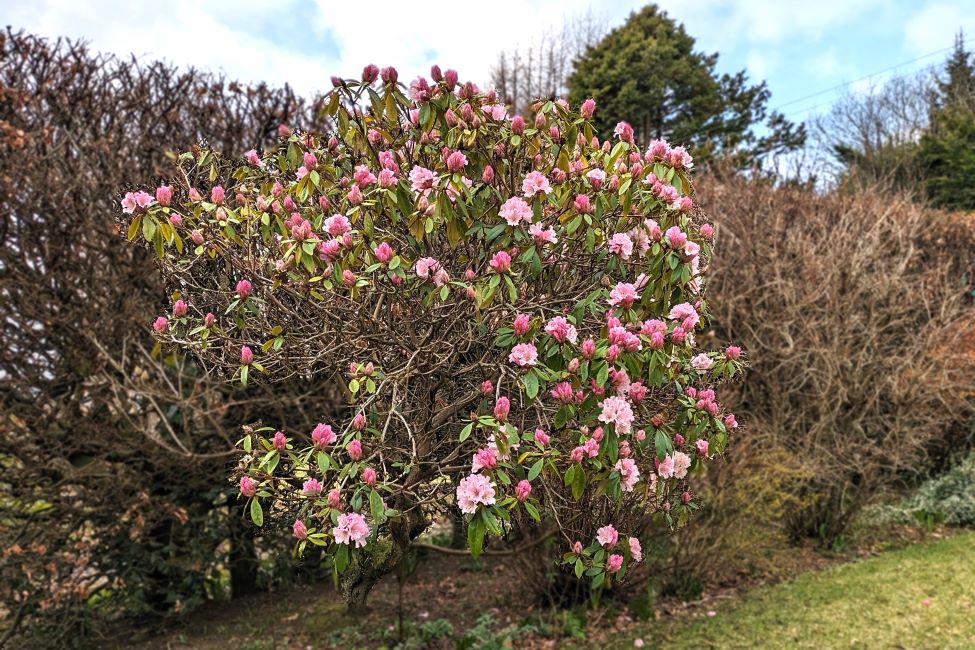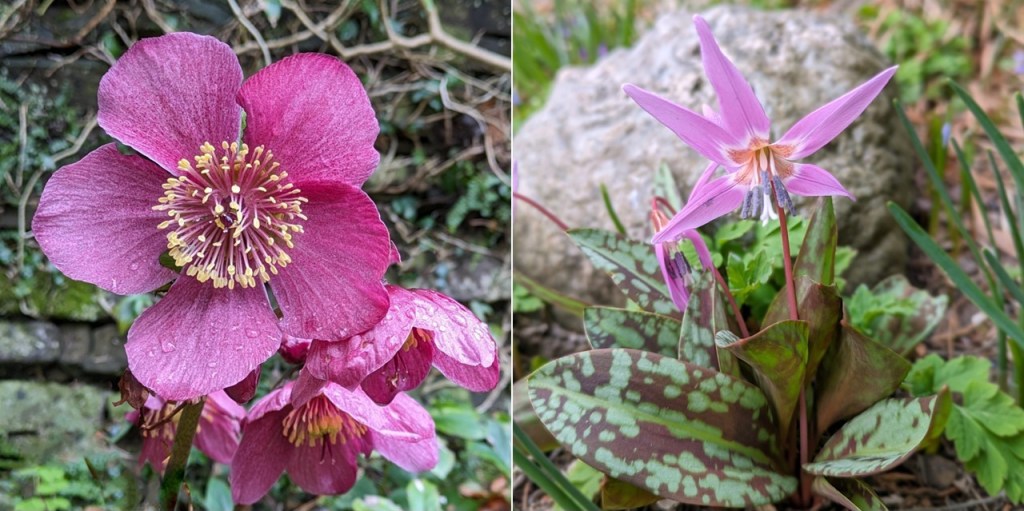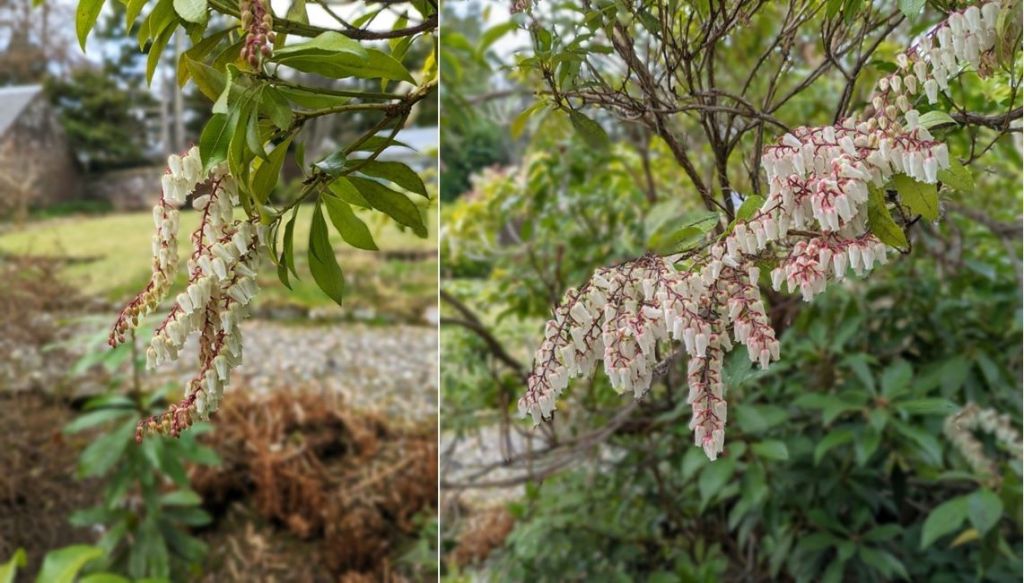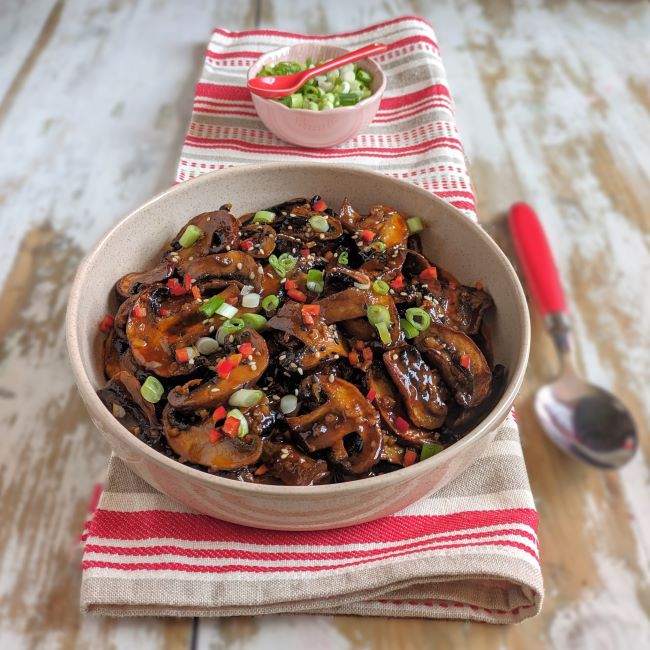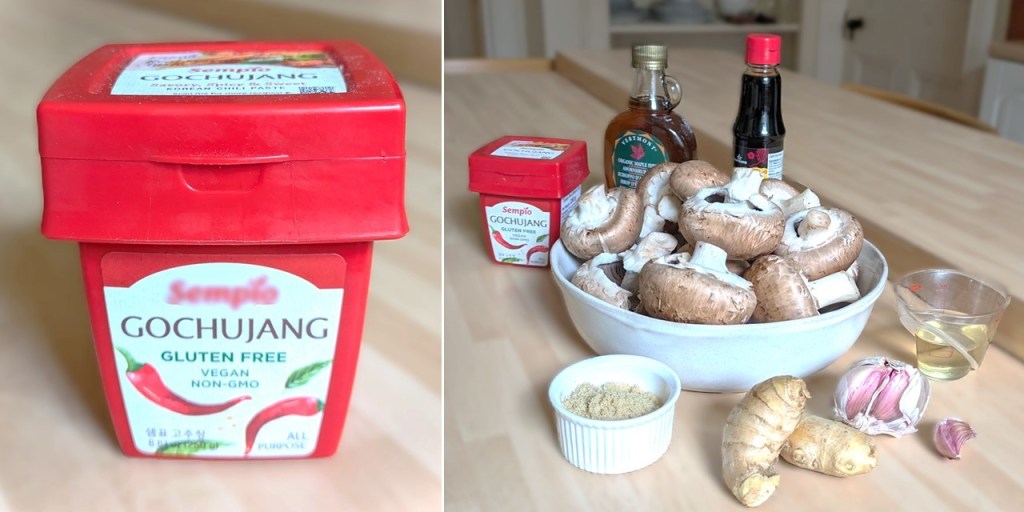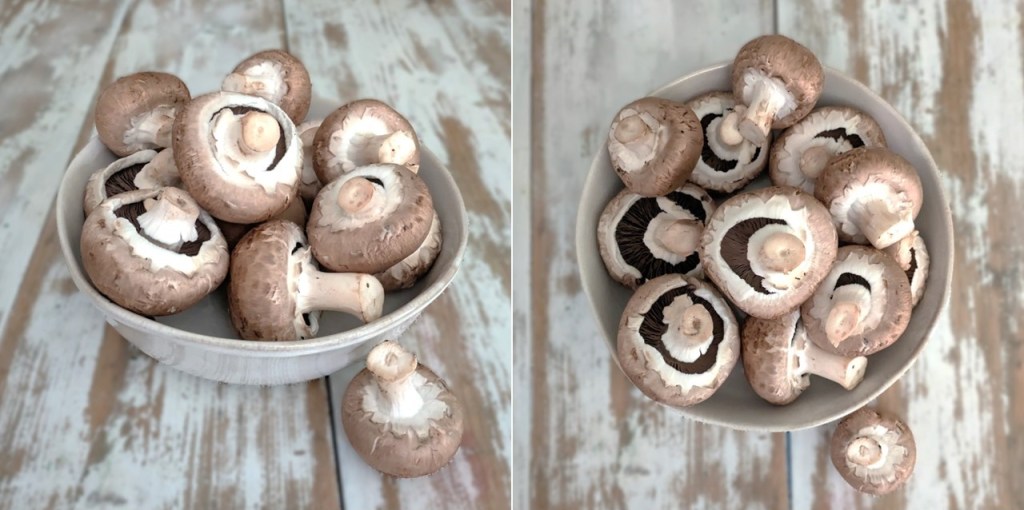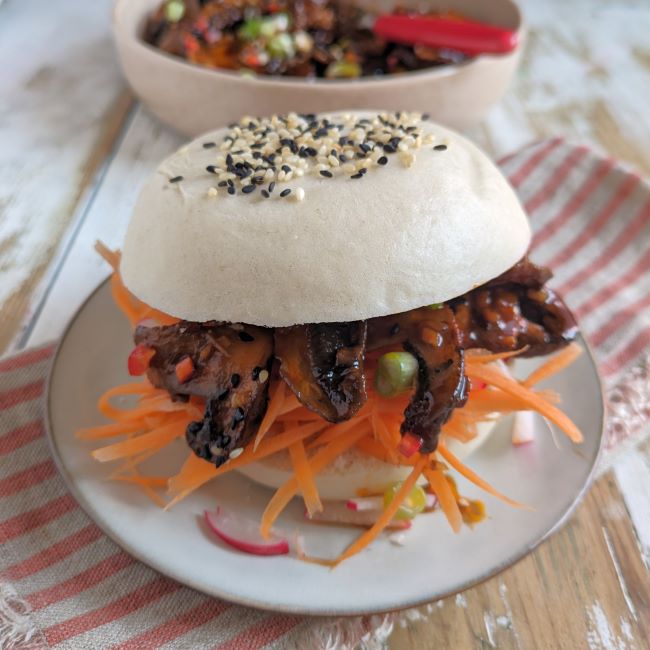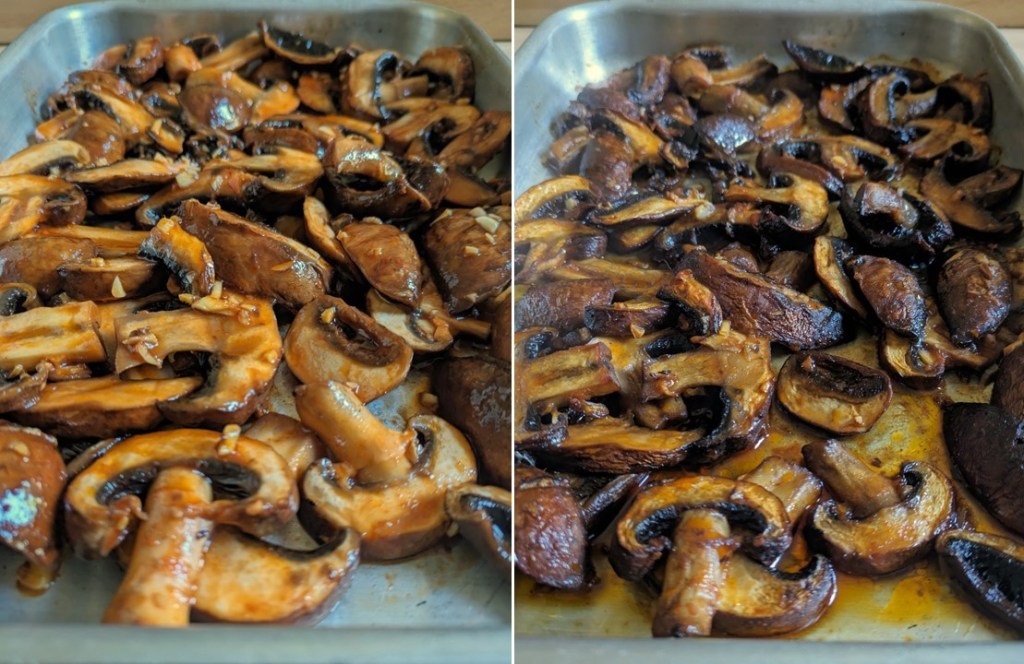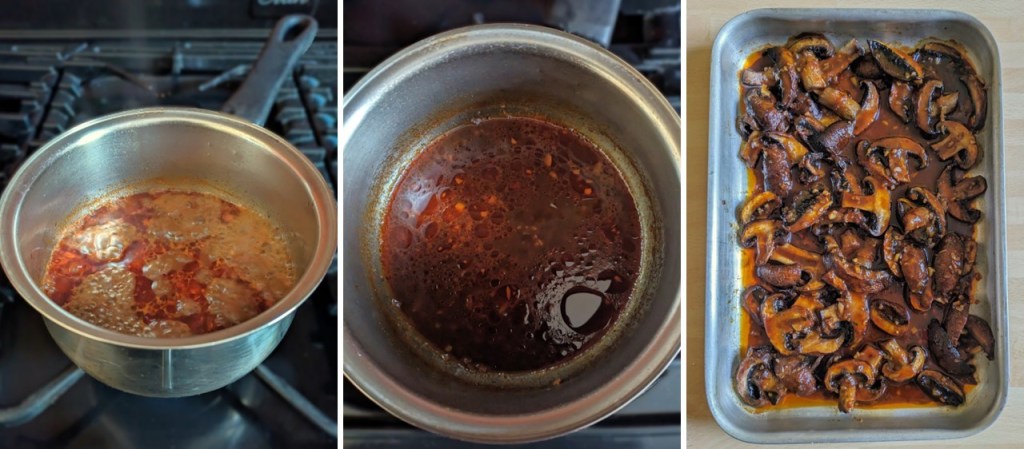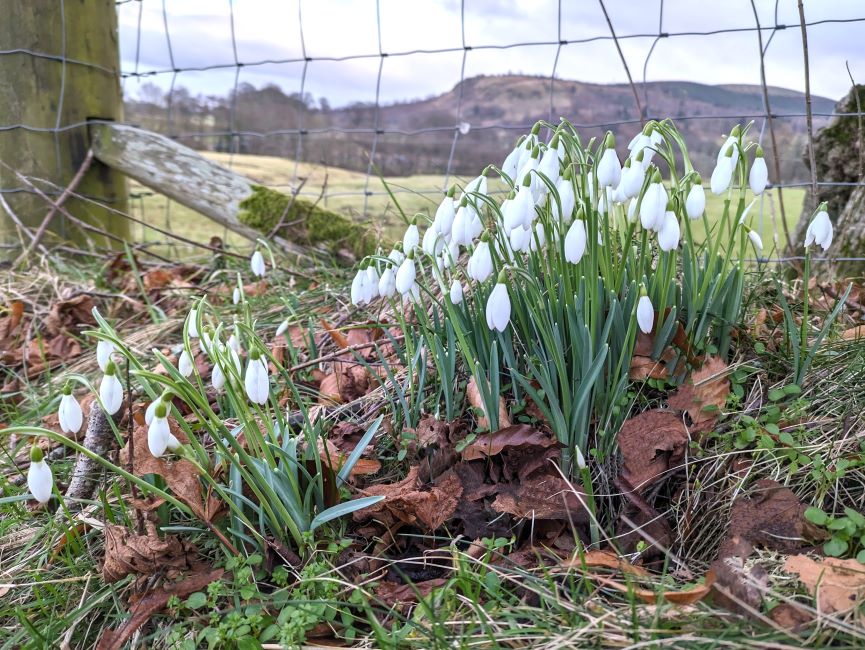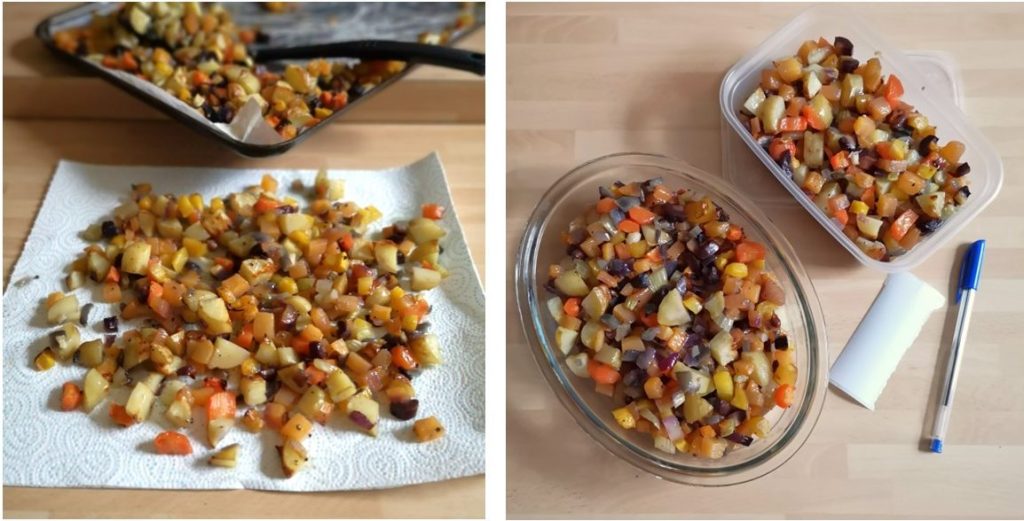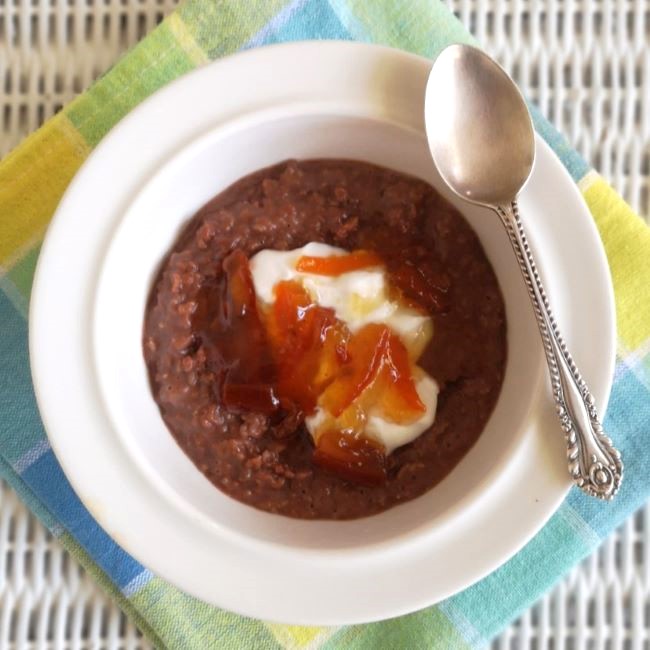
Hello again. I hope you are enjoying some fine weather and the colours of spring. At last, it stopped raining here this week, and the temperature rose by a few degrees. It was the perfect time to get out and about and see what is going on in the local countryside.

Just a few miles down the road from where I live in central Scotlans, is an area of woodland called Strowan Woods. It is a peaceful place, in fact it is the site of a woodland cemetery. As you follow the path through the cemetery, you come across an area called Bluebell View, and what an amazing sight it was this weekend. So many bluebells growing on the side of the hillside, and in the sunshine the perfume was quite intoxicating.

Follow the path into the woods and there are bluebells as far as the eye can see. It was a beautiful sight, and so peaceful and quiet, just the birds singing.

The path follows the river and you can see the flowers stretching over the other side of the water into the distance.


As well as the scent of bluebells, the aroma nearer the river was of wild garlic. Now in bud, a few of the pretty allium flowers had started to blossom.


In amongst the bluebells and wild garlic, I found a few other species of woodland flowers hidden away in the shelter of the trees. From left to right, top: wild Primroses; buttery yellow Celandines; and the tiny veined petals of Wood Sorrel, and in the row below: white wood Anemones; pink Purslane, and tiny wild violets.

The Yellow Archangel plant, Lamium galeobdolon, was growing quite prolifically in one area. The plant is a member of the mint family, and I know if you have that herb planted in your garden, it runs all over the place. The yellow flower heads of the plant remind me of rather sinister-looking open mouths which doesn’t quite ring true with its altogether more godly name.

I’m going to sign off with a couple more images of my woodland walk. I hope you have a good few days ahead, and I look forward to getting back into the kitchen again for my next post at the end of the month. Happy Spring 🙂







